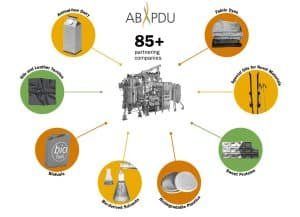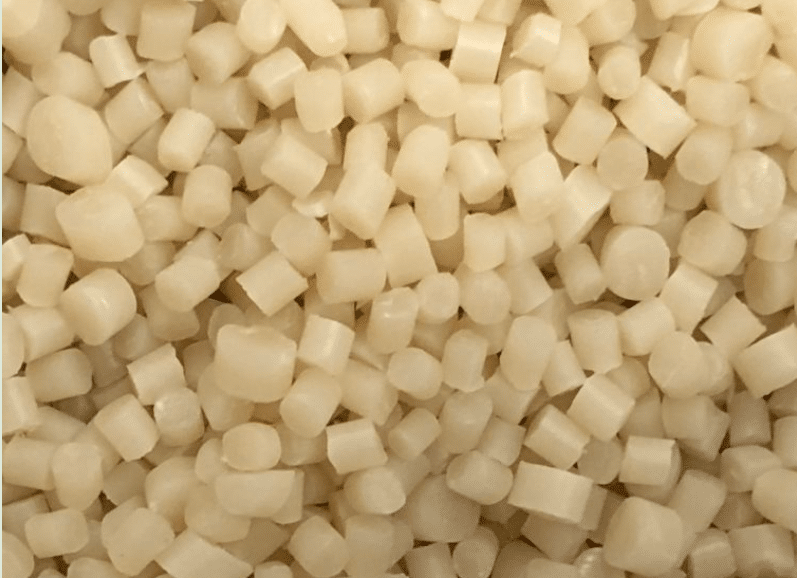What if the world can capture methane, a powerful greenhouse gas emitted by industries such as agriculture and wastewater treatment, and turn it into a useful product? That’s exactly what Mango Materials, a California-based biomanufacturing company, is innovating.
Mango Materials employs methane-eating microorganisms to transform methane emissions into polyhydroxyalkanoate (PHA), a biodegradable polymer. This polymer is used to create 100% biodegradable polyester pellets for making durable goods, fabrics, and flexible films.
A Methane-Eating Bacteria Advances Sustainable Technologies
Unlike conventional plastics, PHA materials decompose significantly faster—within weeks or months. Better yet, they turn back into methane and carbon dioxide when disposed of properly.
Allison Pieja, Mango’s co-founder and Chief Technology Officer, emphasizes the massive benefits of their technology, saying:
“Our analyses show it should be carbon negative when running at full scale.”
Mango recently completed a PHA production facility at a wastewater treatment plant in Vacaville, California. Here, they capture methane from microbes that clean the public water supply and channel it into bioreactors with their methane-consuming bacteria.
The bacteria convert methane into chains of PHA to store energy, akin to how plants store energy in starches by linking carbon dioxide-based sugars. These PHA molecules accumulate inside the bacterial cells for later use.
The company is already producing enough PHA for demonstration products, including a soap dish for sale, net zero sneakers by Allbirds, and sustainable sunglasses designed by Stella McCartney.
Mango Materials aims to scale up production to supply PHA pellets for a broad range of eco-friendly products. CEO and co-founder Molly Morse said that there’s a huge market opportunity for bio-based plastics with the same biodegradability profile as PHA combined with its mechanical properties.
Collaborating for Scale Up
Transitioning from lab-scale research to a commercial process took time. The Advanced Biofuels and Bioproducts Process Development Unit (ABPDU) at Lawrence Berkeley National Laboratory played a crucial role.
Funded by the U.S. Department of Energy’s Bioenergy Technologies Office, ABPDU specializes in scaling up bio-based technologies. Mango’s team, founded in 2012, worked with ABPDU to optimize their bacterial culture and the conditions for high PHA yields.
ABPDU, led by Ning Sun, tested industrial-scale equipment with Mango scientists to refine the extraction of PHA from microbial broth. Sun noted that they’ve received broth from Mango at various scales and tested different recovery unit operations to enhance yield and purity.
The collaboration resulted in a successful process that Mango is confident will be profitable. It was crucial for the biomanufacturing company to access a downstream processing facility and expertise.

The ABPDU team also gained expertise in intracellular biopolymer extraction. To date, the ABPDU has assisted 85 industry partners and 20 national laboratories in scaling up innovative biology-based products.
Mango Materials’ work was supported by Department of Energy grants. The ABPDU helps early-stage biofuels, biomaterials, and biochemicals scale from research to commercial applications, advancing sustainable technologies.
The company’s innovative use of bacteria to turn methane into biodegradable PHA offers a promising solution to both plastic waste and greenhouse gas emissions. Excitement is high when this technology is scaled for widespread impact.

